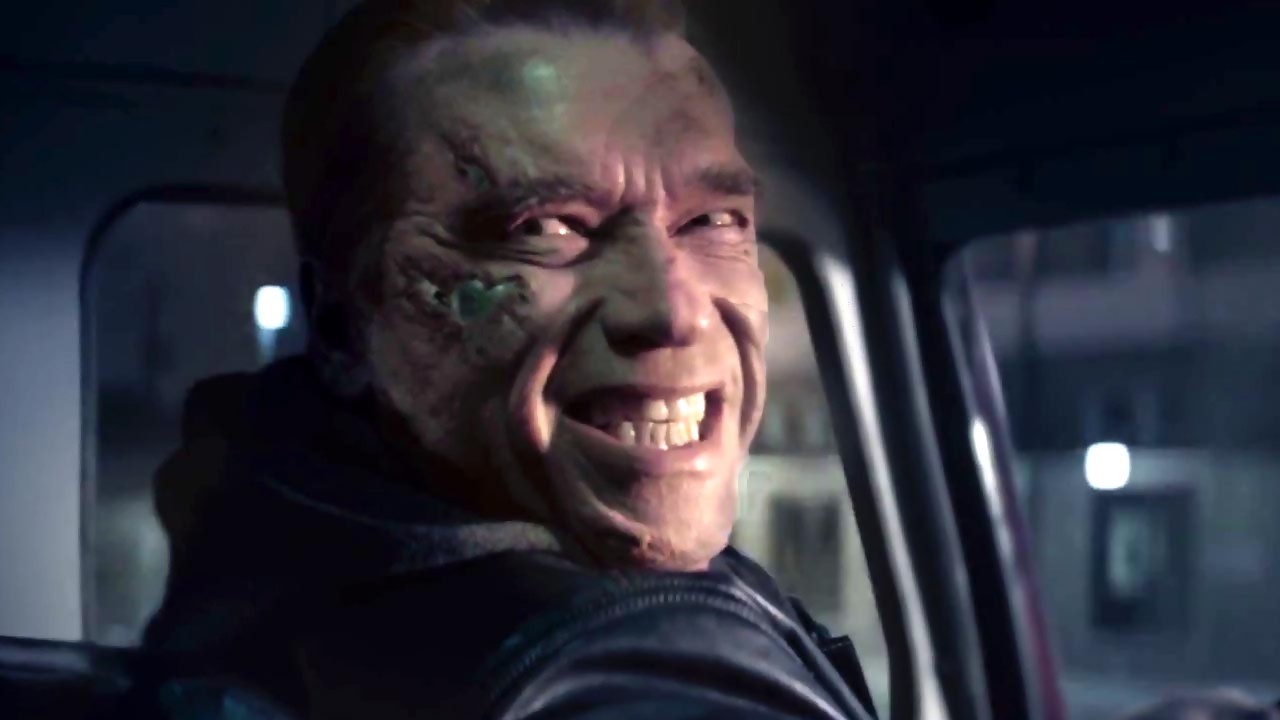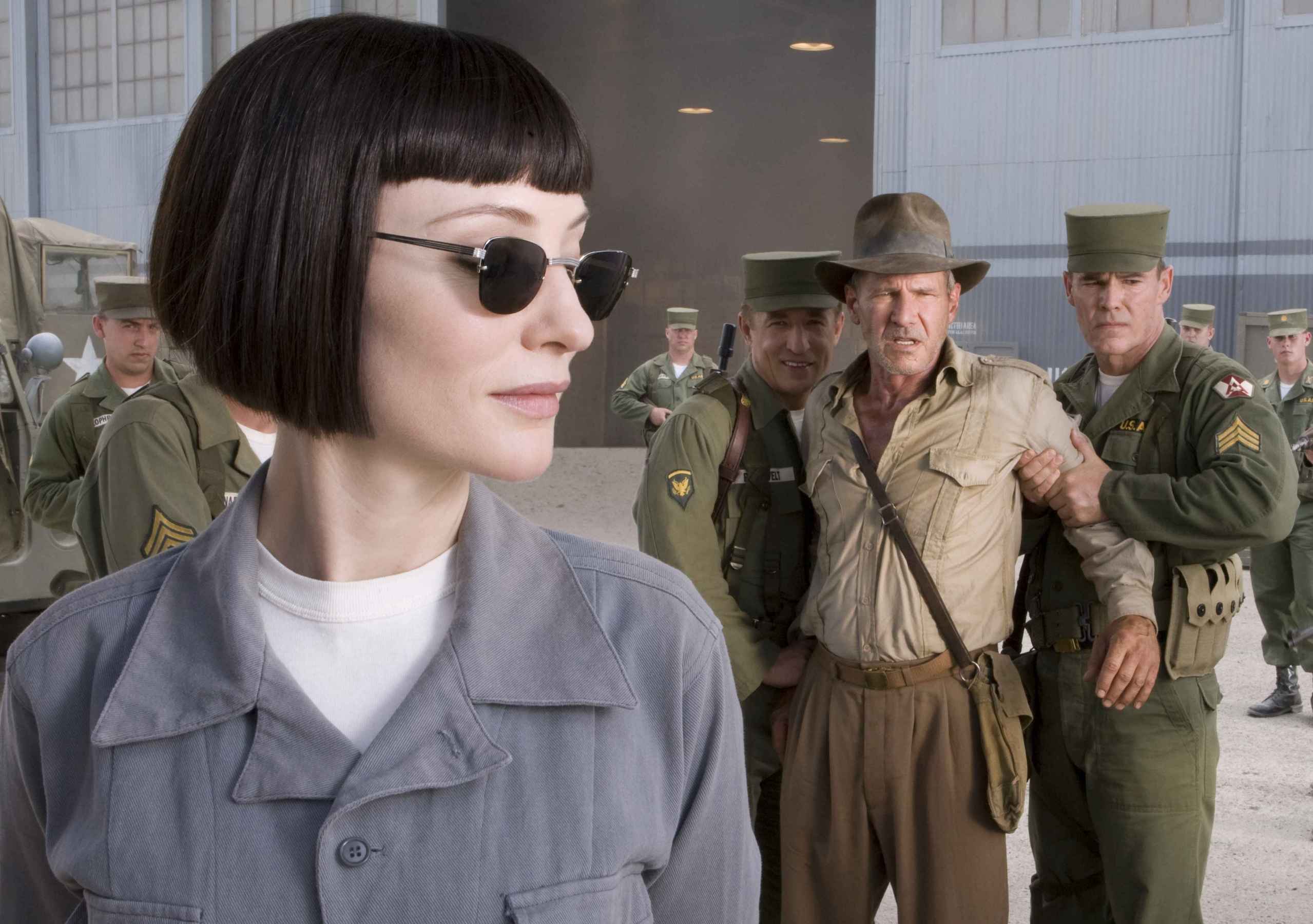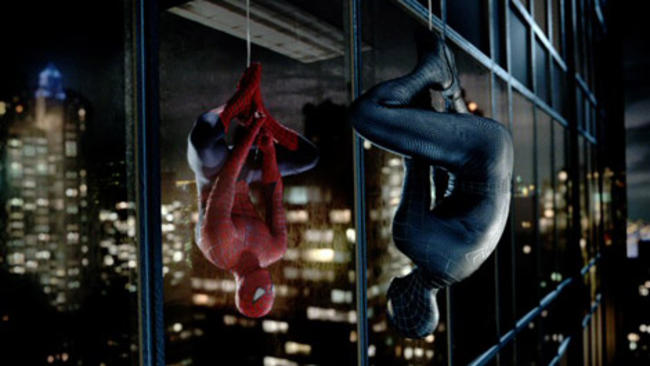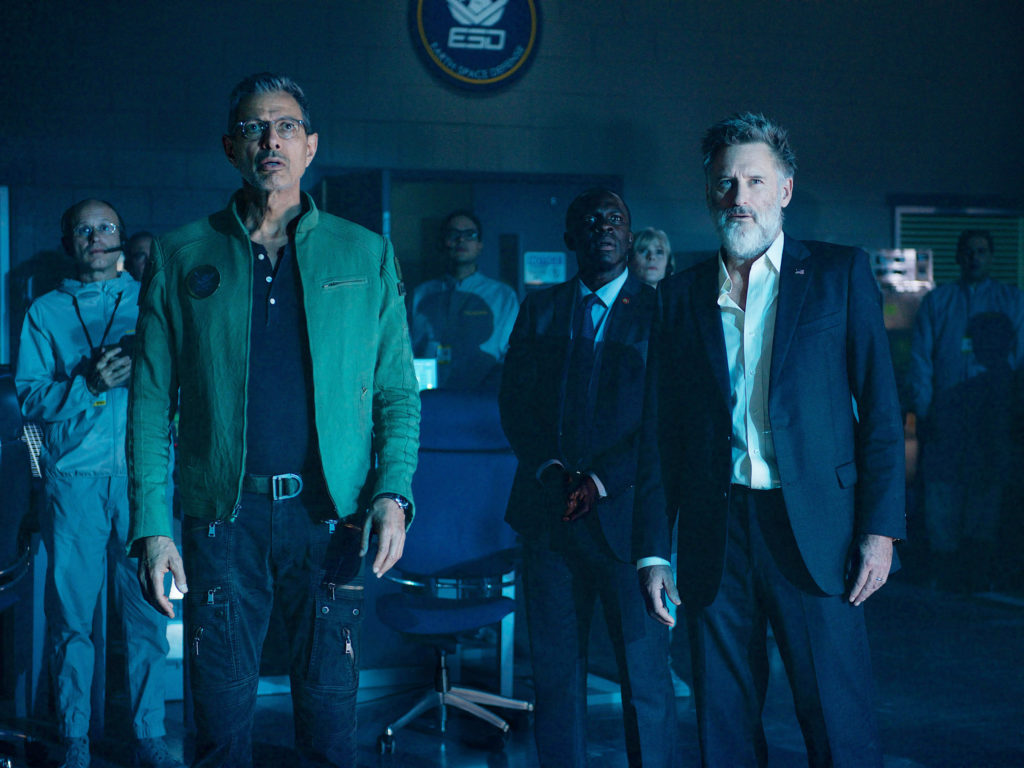5. Lara Croft: Tomb Raider

Academics can debate which decade created “post content” filmmaking, but in 2001 it had a new poster child in the form of Lara Croft: Tomb Raider, which proved that not only could you adapt a video game into a successful movie, you could convince an Oscar winner to take the lead role.
It was a dangerous precedent to set. If a movie this lousy can take $275 million, why bother to create anything good?
Even at 100 minutes, with a lengthy end credits sequence, Tomb Raider has a feeling of sturm und drang that a big summer movie ought not to have. The writing is flat, the direction is lifeless and the supporting cast all look like they’d rather be elsewhere. No movie where Angelina Jolie takes a lot of showers and Daniel Craig is the love interest should be this dispiriting.
Hollywood didn’t draw the line at adapting video games to the screen either, seizing upon toy lines, board games and even the humble Ouija board. Somewhere in Hollywood there must be a script called Paper Cup: The Motion Picture.
4. Terminator Genisys

Having learned nothing from Batman & Robin’s critical backlash, Arnold Schwarzenegger returned to the franchise that helped make him one of the biggest action stars in the world. Even after multiple viewings, though, questions persist: were they making a Terminator movie or a 90s Batman sequel?
Like Batman & Robin, Terminator Genisys is so awkwardly contrived and crassly commercial that it deserves to lampooned as ruthlessly as possible. The plot refuses to make sense, the dialogue lands with a thud every few minutes and the campy approach means it will probably appear on Mystery Science Theater 3000 someday.
There’s so much rich material here: the groan-inducing attempts at humour, the characters who keep explaining their motivation to each other, the shameless attempts at fan service. Then there’s the alternate timeline that causes Kyle Reese to experience a live he never lived, where his younger self keeps repeating “Genisys is Skynet.” Erm, what?
3. Indiana Jones And The Crystal Skull

From the script to the casting, there’s just something about this sequel that causes it to miss the mark on every level. It was a bad sign when Sean Connery refused to reprise his role as Henry Jones Snr, but even less reassuring was the casting of Shia LaBeouf. Then there were the aliens.
While it was perfectly fine for The X-Files Movie to climax with a flying saucer breaking free and hurtling into space, it wasn’t something you expected to see in a franchise whose previous instalments rekindled the spirit of Saturday matinee serials. It felt like Lucas and Spielberg had turned into characters from Jurassic Park, pulling it off not because they should but because they could.
Throw in an overblown action sequence where Indy survives an atomic blast by jumping into a lead-lined fridge, and you’ve got a film so desperate to take your money that it will literally resort to anything. The scene even gave rise to the term “nuking the fridge”, which Time Magazine defined as “to exhaust a Hollywood franchise with disappointing sequels.”
2. Spider-Man 3

The creative pressures of releasing three movies in five years became apparent with this sequel, which undoes all the good work of its predecessor. Seemingly spat out by a computer, the script substitutes empty spectacle for action and makes the characters so dull that every interaction somehow rings flat.
Consider the movie’s sub-plot (and lowest point), where Peter Parker (Tobey Maguire) is transformed by an alien virus that just drops out of the sky. There’s no real sense of a conflicted character as Peter adopts an emo look, starts cursing (he says “damn” a lot) and walks down the street shooting women with his finger. When he upstages Mary Jane in the jazz club where she works by performing an impromptu dance, there’s just an impression that he (and the movie) has gone stark raving mad.
Worse, the villains only appear as the plot demands, so when Sandman, Venom and the New Goblin aren’t needed, they presumably just skulk around behind the scenes, waiting to make their entrance. It’s been a lesson that superhero movies have (generally speaking) abided by ever since – tripling the number of adversaries does not triple the amount of fun.
1. Independence Day: Resurgence

Say what you like about the original, but that shot of aliens destroying the White House made it a fixture of pop culture. Twenty years later, the most remarkable thing about this belated sequel is how much it looks like every other Roland Emmerich movie.
Following two flops (Anonymous and White House Down) Emmerich’s gone back to his biggest hit and this time it looks like he’s decided to turn it into a franchise, complete with an open-ended finale that sets up the sequel. He needn’t have bothered because even by the standards of the man who remade Godzilla very badly, Resurgence is pretty dour stuff, a coldly calculated Hollywood “product” that gives its audience no joy.
The film’s attitude to its audience is summed up by the introduction of Brent Spiner’s character, who we now learn wasn’t killed off in the original film but in a coma for exactly twenty years. His awakening coincides with a new alien invasion and faster than you can say “contrivance” it’s business as usual, only minus the fun.